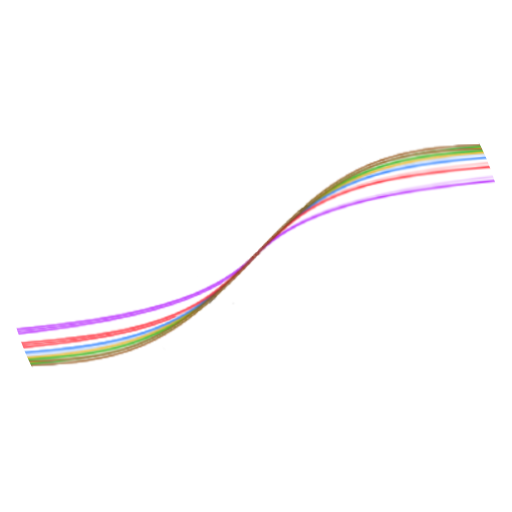

Sure, I run OpenWebUI in a docker container from my TrueNAS SCALE home server (it’s one of their standard packages, so basically a 1-click install). From there I’ve configured API use with OpenAI, Gemini, Anthropic and DeepSeek (part of my job involves evaluating the performance of these big models for various in-house tasks), along with pipelines for some of our specific workflows and MCP via mcpo.
I previously had my ollama installation in another docker container but didn’t like having a big GPU in my NAS box, so I moved it to its own box. I am mostly interested in testing small/tiny models there. I again have Ollama running in a Docker container (just the official Docker image), but this time on a Debian bare-metal server, and I configured another OpenWebUI pipeline to point to that (OpenWebUI lets you select which LLM(s) you want to use on a conversation-by-conversation basis, so there’s no problem having a bunch of them hooked up at the same time).


Perhaps the government should collect money from the AI companies — they could call it something simple, like “taxes” — and distribute the money to anyone who had ever written something that made its way to the internet (since we can reasonably assume that everything posted online has now been sucked in to the slop machines)